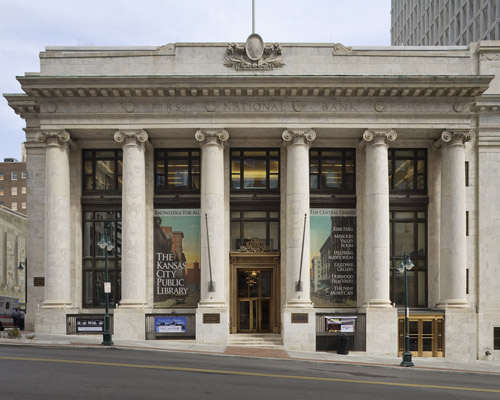
Libraries across the United States need our help as they are being closed or having significant cuts made to their budgets.
The public library service has impacted each of us at some point in our lives whether as a child, a student or as an adult. It’s presence in our communities reminds us that there are places that deeply respect knowledge and artistic and cultural achievements; places that are much more important than economic profit because of the larger role they play in enhancing our society’s quality of life. Y entonces, before you read my interview with Molly Raphael, President of the American Library Association, please take a moment to look at 10 important things you need to know about our American libraries.
1. Americans go to school, public and academic libraries nearly three times more often than they go to the movies.
2. There are more public libraries than McDonald’s in the U.S. (total of 16,604 including branches).
3. 59% of adults in the U.S. have a public library card.
4. Reference librarians in the nation’s public and academic libraries answer nearly 5.7 million questions weekly.
5. Public libraries are the number one point of online access for people without internet connections at home, school or work (98.7% of public libraries provide public access to the internet).
6. Public libraries are one of the greatest equalizers for equitable access to information regardless of race, creed or income level.
7. In these times of economic crisis, encima 65% of public libraries provide services for job seekers.
8. Americans spend more than twice as much on candy as they do on public libraries.
9. Americans spend $34.95 a year for the public library (and check out an average of more than seven books a year)
10. A public library provides a safe, warm, friendly place for a poor family to read with their children.
Sources: Asociación Americana de Bibliotecas, Henmead Enterprises, Inc.
What are the major issues facing public libraries as the digital evolution of books continues?
Rapidly changing technology, adequacy of financial resources, and changing demographics are three major issues facing libraries. Keeping up with the rapid pace of technological advancement is very challenging. Demand is rapidly accelerating for e-books. Al mismo tiempo, many library users continue to demand print books and resources. Libraries must meet the expectations of both kinds of users with limited financial resources. Issues related to digital content are being addressed by a new working group we created in the American Library Association. The financial resources issue is a particularly important one because now there are even more demands on those resources in terms of what the public expects and the services we need to deliver. Library use is increasing, dramatically in some places, while many libraries are experiencing a reduction in funding levels. Communities are experiencing major shifts in demographics, which require new approaches to meeting community demand. Libraries have to adapt services and often have spaces which limit their abilities to offer effective services.
What do you see as your key goals going forward?
Keeping libraries central in people’s lives and meeting the expectations of people who use libraries are central goals. This means that each library has to pay attention to the community that it serves and make strategic decisions about where it should be going and how it should be allocating resources. Another goal is to make sure that library staff has the training and skills needed to serve people in this rapidly changing environment. So it is a hugely challenging but also a very exciting and rewarding time for libraries.
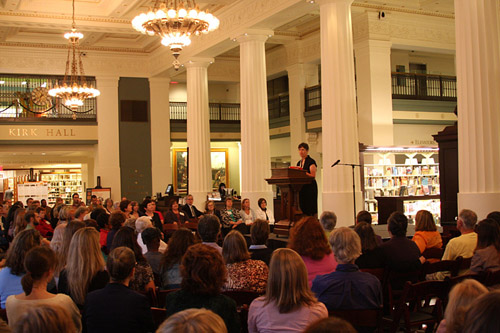
In terms of the challenges facing libraries today, can you speak to some of the strategies you have seen put in place by successful public libraries around the country?
If we think about how libraries operate and deliver services now versus 15 o 20 hace años que, we know that they must make smart, strategic choices about the virtual library versus the physical library. Those strategic choices depend not only on financial resources and technology but also on the nature of the individual communities themselves. The changing demographics all across the country are also central to how libraries are now making strategic choices. Por ejemplo, if a community is a middle class community where lots of people have e-readers of some kind, there is likely to be far more demand for e-books than there is in a lower income community where people may come into the library to use the computers because they are dependent on the library to provide access to e-resources and the Internet.
I’ll give you examples of the kinds of strategic decisions libraries make. When Blu-ray came out, some libraries decided to skip this new format because they believed everything would be downloadable soon. If you invest in something and two years later technology has moved on, your investment in that technology isn’t worth much. Successful libraries today are spending a lot of time developing mobile applications because of how their communities choose to use services. You see websites for libraries that have a mobile app because they realize that’s how people are accessing those libraries. Investing in different ways of delivering services is a strategic decision.
Many libraries have focused on libraries as “lugar”, as centers of their respective communities. They’ve created wonderful programming in the library, turning it into a real cultural and educational center. Some libraries don’t do that because people in those communities have many other options, and those activities are just duplicative. Libraries need to engage with the local community and what are that community’s needs and aspirations, and look at what else might fit with the community as well.
Thoughts on the Google book digitization project?
Google Books has been a topic of conversation since it started. Now the intellectual copyright issues are in the courts for resolution. There are other digitization projects that are also underway. Some only digitize books that are in public domain, so they don’t have the kinds of issues Google Books does. There is an effort that is being initiated at Harvard at the Berkman Center for the Internet and Society called the Digital Public Library of America. That project is looking at digitization that would be comprehensive. This effort is in early planning phases, figuring out what the scope would be, the governance, and other key issues. I think the whole area of properties that aren’t born digital is going to be center stage for a while until a number of these issues get resolved. Libraries and library leaders are very interested and involved because digitization holds potential for making resources accessible in ways never imagined decades ago.
In closing, would you elaborate further on the importance of the two way street between libraries and communities?
En general, most libraries receive their funding from the local level. The responsibility that libraries have to pay attention to their respective communities is central to the success of each library. Por ejemplo, if you are a community that has a lot of at risk children, then putting funds into programs that prepare those children to be ready to read when they enter kindergarten is an important focus. If we don’t pay attention to the community, we can end up with library services that are not appropriate for that community. It’s not just connecting with the people who are already using the library. It’s also looking broadly at the different elements of the community and understanding how we might serve them better – how do we support and sustain services to small businesses, how do we contribute to lifelong learning, how do we support learning and development for children and youth, how can our services contribute to the advancement of different segments of our populations? What we see in terms of support for libraries is very heartening because it means those libraries have really connected with their communities. During this economic downturn, many libraries have struggled with funding issues, but often their communities have stood up and said, “Our libraries are essential and they need to be funded.” Examples of communities standing up and speaking out for their libraries can be found all across the country. Even in these tough economic times, when asked to support local library funding measures, communities have done so, voting in favor of 87% of operating funding measures last year.
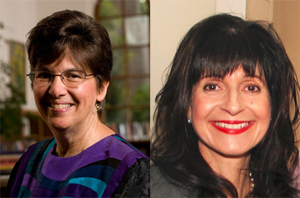
Photos courtesy of Kansas City Public Library and American Library Association.
¿Cómo vamos a Leer? Página de la comunidad
Por cómo vamos a Leer? artículos: haga clic aquí
C. M. Rubin es el autor de la serie en línea leído, La Búsqueda Global para la Educación, y es también el autor de tres libros más vendidos, Incluido The Real Alice in Wonderland.
Siga C. M. Rubin en Twitter: www.twitter.com/@cmrubinworld

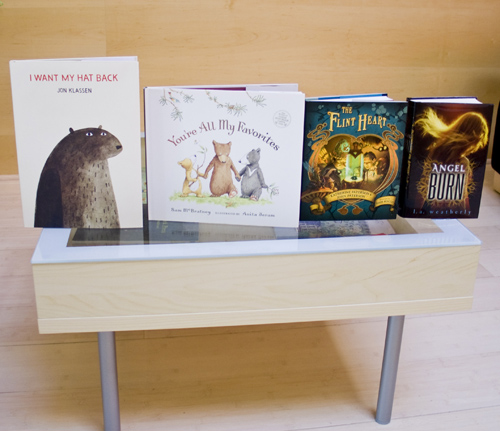
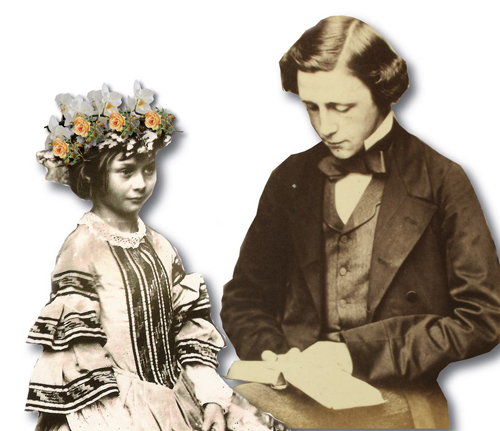


Comentarios recientes